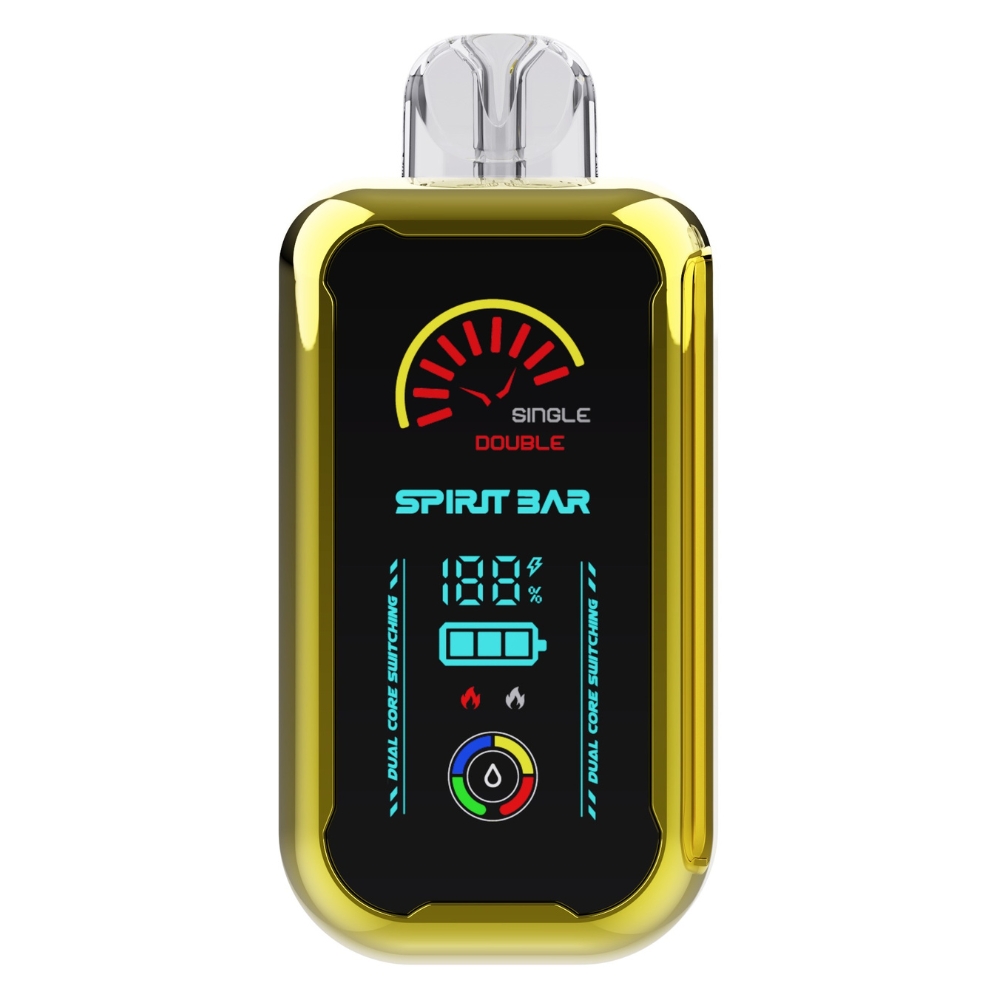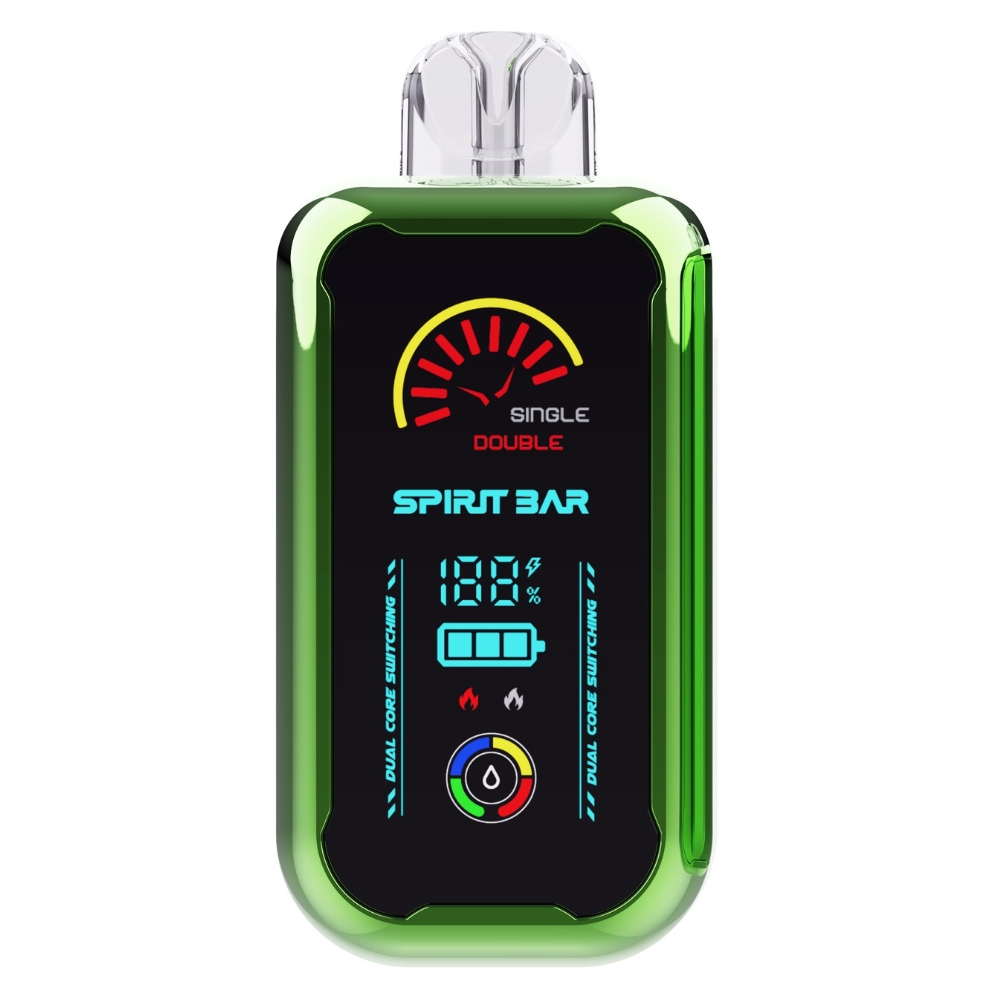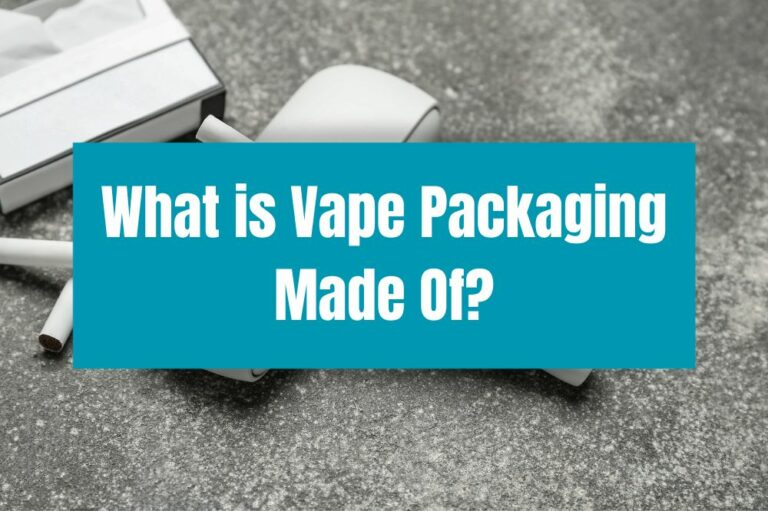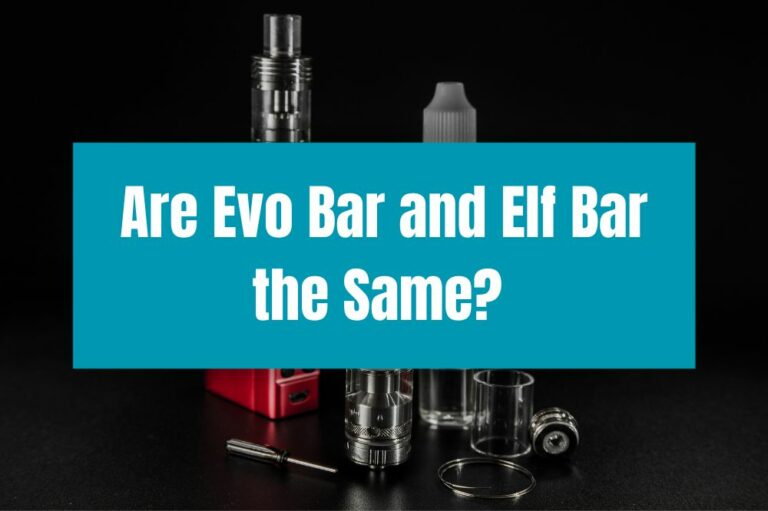How Is a Disposable Vape Built?
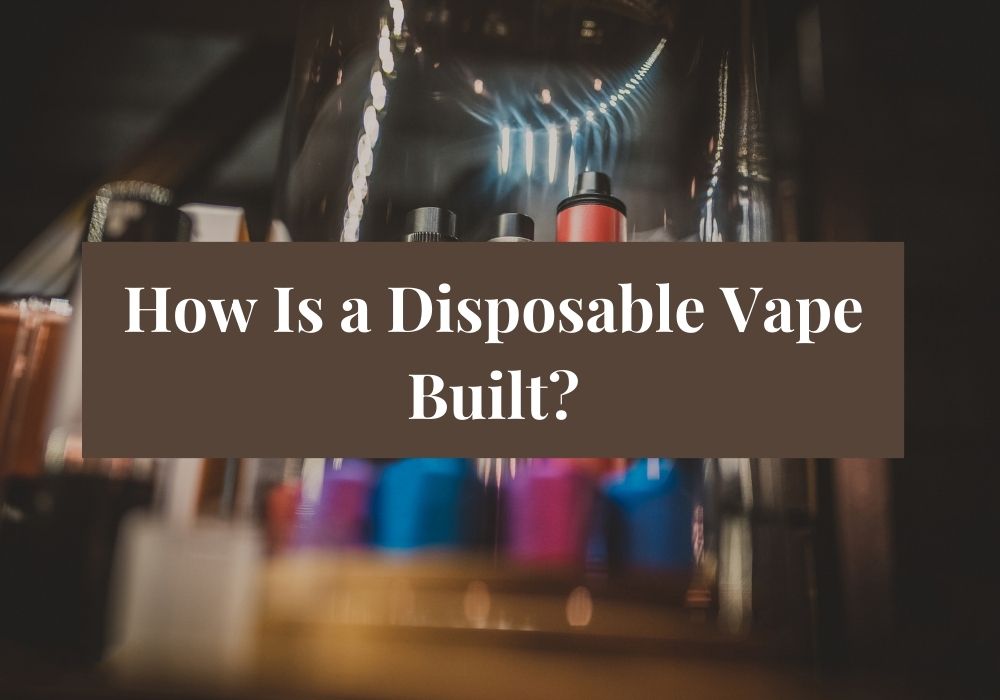
If you’re new to vaping, you may have heard of disposable vapes. These are pre-filled, self-contained electronic cigarettes that are designed for one-time use. Unlike traditional vape pens or mods, disposable vapes are not rechargeable or refillable. They are intended for single use and are discarded once the e-liquid is depleted or the battery runs out. But have you ever wondered how a disposable vape is built?
Disposable vapes consist of three main components: a battery, a tank, and a coil. The battery is the power source that sends a current to the coil, heating it and allowing the e-liquid to vaporize. The tank holds the e-liquid, which is heated by the coil to create vapor. The coil is the heating element that vaporizes the e-liquid.
Disposable vapes are typically built to last for a specific duration, with a built-in battery that ranges from 400mAh to 750mAh. This gives you enough battery to consume all the e-liquid inside the disposable vape. With zero buttons to press, you don’t have to worry about switching disposable vapes on or off. Better still, you don’t need to worry about your vape turning on or off in your pocket.
Understanding Disposable Vapes
Disposable vapes are compact, self-contained electronic cigarettes that are designed for one-time use. They come pre-filled with e-liquid and a battery, so you don’t need to worry about charging, refilling, or maintenance. Disposable vapes are a convenient option for those who want to try vaping without committing to a more expensive and complex device.
The basic structure of a disposable vape consists of a battery, an atomizer, and e-liquid. The battery is usually between 400mAh to 750mAh, which gives you enough power to consume all the e-liquid inside the disposable vape. The atomizer, also known as a coil, heats up the e-liquid to create vapor. The e-liquid is a mixture of propylene glycol, vegetable glycerin, flavorings, and nicotine.
Disposable vapes are designed to be easy to use. There are no buttons to press, so you don’t need to worry about turning them on or off. You simply inhale through the mouthpiece to activate the battery and start vaping. Once the e-liquid runs out, you can dispose of the device and move on to a new one.
One advantage of disposable vapes is that they come in a wide variety of flavors and nicotine strengths. This makes it easy to find a flavor and nicotine level that suits your preferences. Another advantage is that they are very portable and easy to carry around. You can slip a disposable vape into your pocket or purse and take it with you wherever you go.
Overall, disposable vapes are a simple and convenient way to try vaping. They offer a hassle-free experience without sacrificing flavor or nicotine satisfaction. If you’re curious about vaping but don’t want to invest in a more expensive and complex device, a disposable vape may be a good option for you.
Components of a Disposable Vape
When it comes to disposable vapes, there are a few key components that make up the device. Here are the main components you’ll find in a disposable vape:
Battery
The battery is an essential component of a disposable vape. It provides the power needed to heat up the e-liquid and produce vapor. Most disposable vapes come with a built-in battery that cannot be recharged. The battery’s capacity can vary, but it’s typically between 400mAh to 750mAh, which is enough to consume all the e-liquid inside the disposable vape. Some newer models come with a recharging function to support larger puffs.
E-Liquid
E-liquid, also known as vape juice, is the liquid that is heated up to produce vapor. It typically contains a mixture of propylene glycol, vegetable glycerin, flavorings, and nicotine (although some disposable vapes are nicotine-free). The e-liquid is stored in a small tank or pod that is attached to the battery.
Atomizer
The atomizer is the component that heats up the e-liquid and turns it into vapor. It consists of a coil and wick that are wrapped around a small piece of metal. When you inhale on the mouthpiece, the battery heats up the coil, which vaporizes the e-liquid and produces the vapor.
Mouthpiece
The mouthpiece is the part of the disposable vape that you put in your mouth to inhale the vapor. It’s typically made of plastic or silicone and is designed to be comfortable to use. Some disposable vapes have a built-in mouthpiece, while others come with a removable mouthpiece that can be replaced when it gets worn out or dirty.
Overall, disposable vapes are simple devices that are easy to use and dispose of when the battery or e-liquid runs out. They’re a convenient option for people who want to try vaping without investing in a more expensive device.
The Manufacturing Process
Building a disposable vape involves several stages that transform raw materials into the final product. Below is an overview of the typical steps involved in producing disposable vape devices.
Assembling the Battery
The first step in building a disposable vape is assembling the battery. The battery is the power source that heats up the atomizer and vaporizes the e-liquid. The battery is usually cylindrical and contains a positive and negative terminal. It is made up of a casing, a circuit board, a heating element, and a sensor. The casing is typically made of stainless steel or aluminum, while the circuit board is made of plastic or fiberglass.
Filling the E-Liquid
Once the battery is assembled, the next step is filling the e-liquid. The e-liquid is the flavored liquid that is vaporized when the battery is activated. The e-liquid is typically made up of propylene glycol, vegetable glycerin, flavorings, and nicotine. The e-liquid is usually filled into a plastic or glass container and then injected into the disposable vape device.
Installing the Atomizer
After the e-liquid is filled, the disposable vape undergoes the atomizer installation process. The atomizer is the heating element that vaporizes the e-liquid. The atomizer is typically made of a metal coil and a wick. The metal coil heats up when the battery is activated, and the wick draws the e-liquid to the coil. The atomizer is usually installed by screwing it onto the battery or attaching it with a clip.
Attaching the Mouthpiece
The final step in building a disposable vape is attaching the mouthpiece. The mouthpiece is the part of the device that the user inhales from. The mouthpiece is usually made of plastic or silicone and is attached to the top of the disposable vape device. The mouthpiece is designed to be comfortable for the user to inhale from and to prevent e-liquid from leaking out of the device.
That’s it! Once the mouthpiece is attached, the disposable vape is ready for use.
Quality Control in Production
When it comes to producing disposable vapes, quality control is a crucial step in ensuring that the final product is safe and reliable. Here are a few key points of attention in the production process:
- Raw materials: The quality of the raw materials used in the production of disposable vapes is critical. The battery, atomizer, and e-liquid must be sourced from reputable suppliers and undergo rigorous testing to ensure that they meet the necessary safety standards.
- Assembly: The assembly process must be carried out with precision and care to ensure that the components are properly aligned and securely fastened. Any defects or inconsistencies in the assembly process can lead to malfunctioning devices or safety hazards.
- Testing: Once the disposable vapes are assembled, they must undergo rigorous testing to ensure that they meet the necessary safety and quality standards. This includes testing the battery, atomizer, and e-liquid to ensure that they function properly and do not pose any safety risks.
- Packaging: The packaging of disposable vapes must also be carefully designed and tested to ensure that it is safe and effective. This includes ensuring that the packaging is tamper-proof and that it provides adequate protection for the device during shipping and storage.
Overall, quality control is a critical step in the production process of disposable vapes. By ensuring that the raw materials are of high quality, the assembly process is carried out with precision, and the devices undergo rigorous testing, manufacturers can produce safe and reliable disposable vapes that meet the needs of consumers.
Environmental Impact of Disposable Vapes
When it comes to vaping, it’s not just about the health impact on the user, but also the environmental impact. Disposable vapes, in particular, have become a growing concern due to their negative impact on the environment.
One of the biggest issues with disposable vapes is that they contribute to plastic waste. Unlike traditional vapes that can be refilled and reused, disposable vapes are designed to be thrown away after use. This means that millions of small, battery-powered devices are being disposed of every day, creating a significant amount of plastic waste.
According to a report by the U.S. Public Interest Research Group (PIRG), the U.S. throws out 4.5 disposable vapes per second, which adds up to a staggering amount of plastic waste. Not only does this contribute to the already existing plastic pollution problem, but it also poses a threat to wildlife and marine life.
Moreover, disposable vapes contain a circuit board that contains heavy metals like cobalt, lead, and mercury, according to Environment and Climate Change Canada. These metals can leach into the soil and waterways, contaminating the environment and posing a risk to human health.
Another issue with disposable vapes is the batteries they use. Most disposable vapes use lithium-ion batteries, which are not biodegradable and can pose a fire hazard if not disposed of properly. This means that if these batteries end up in landfills, they can release harmful chemicals into the environment and potentially cause fires.
In conclusion, the environmental impact of disposable vapes is a growing concern. From contributing to plastic waste to containing harmful metals and batteries, these devices pose a significant threat to the environment and human health. It’s important to properly dispose of these devices and consider more sustainable alternatives to help reduce their impact on the environment.

